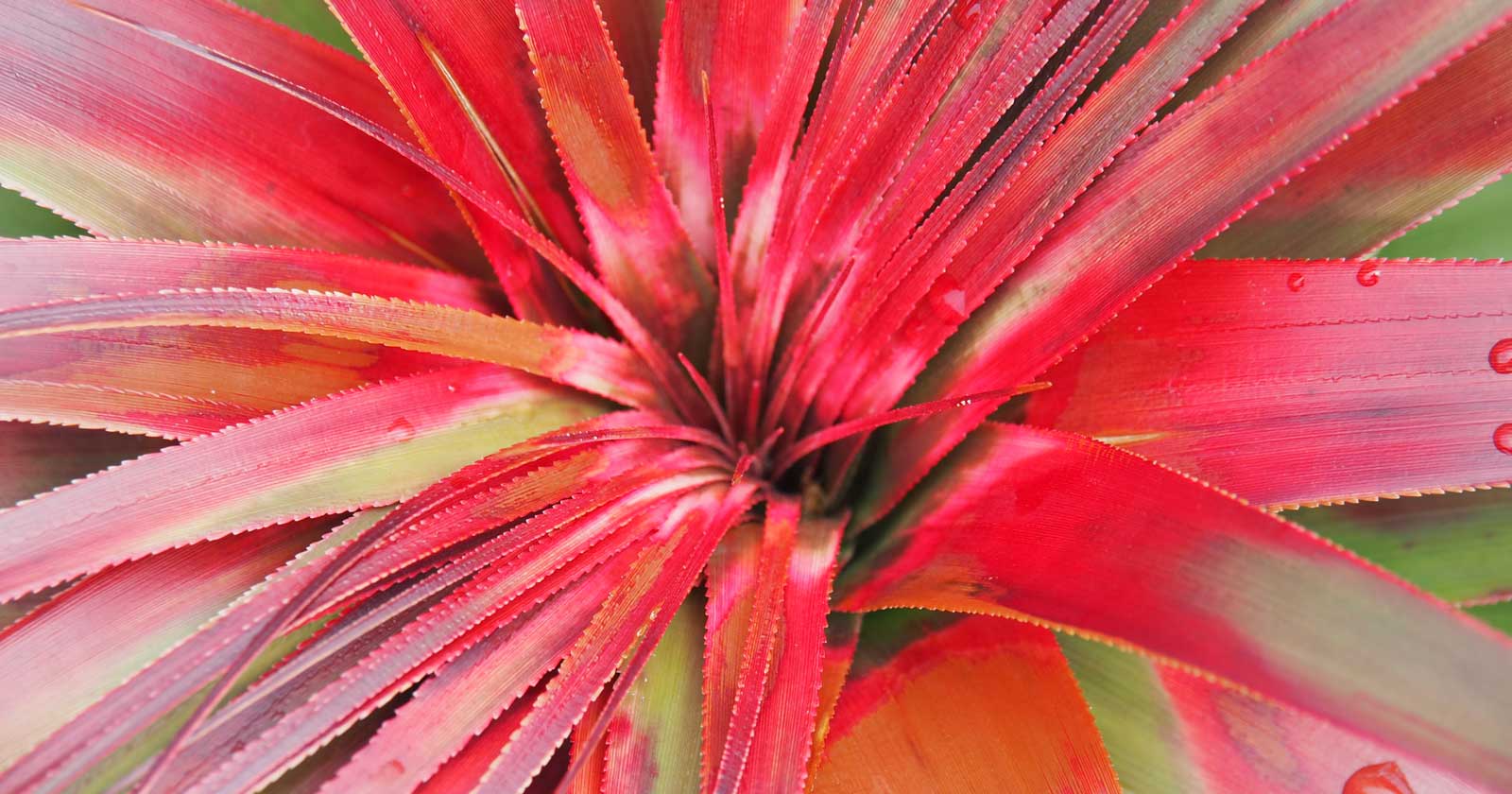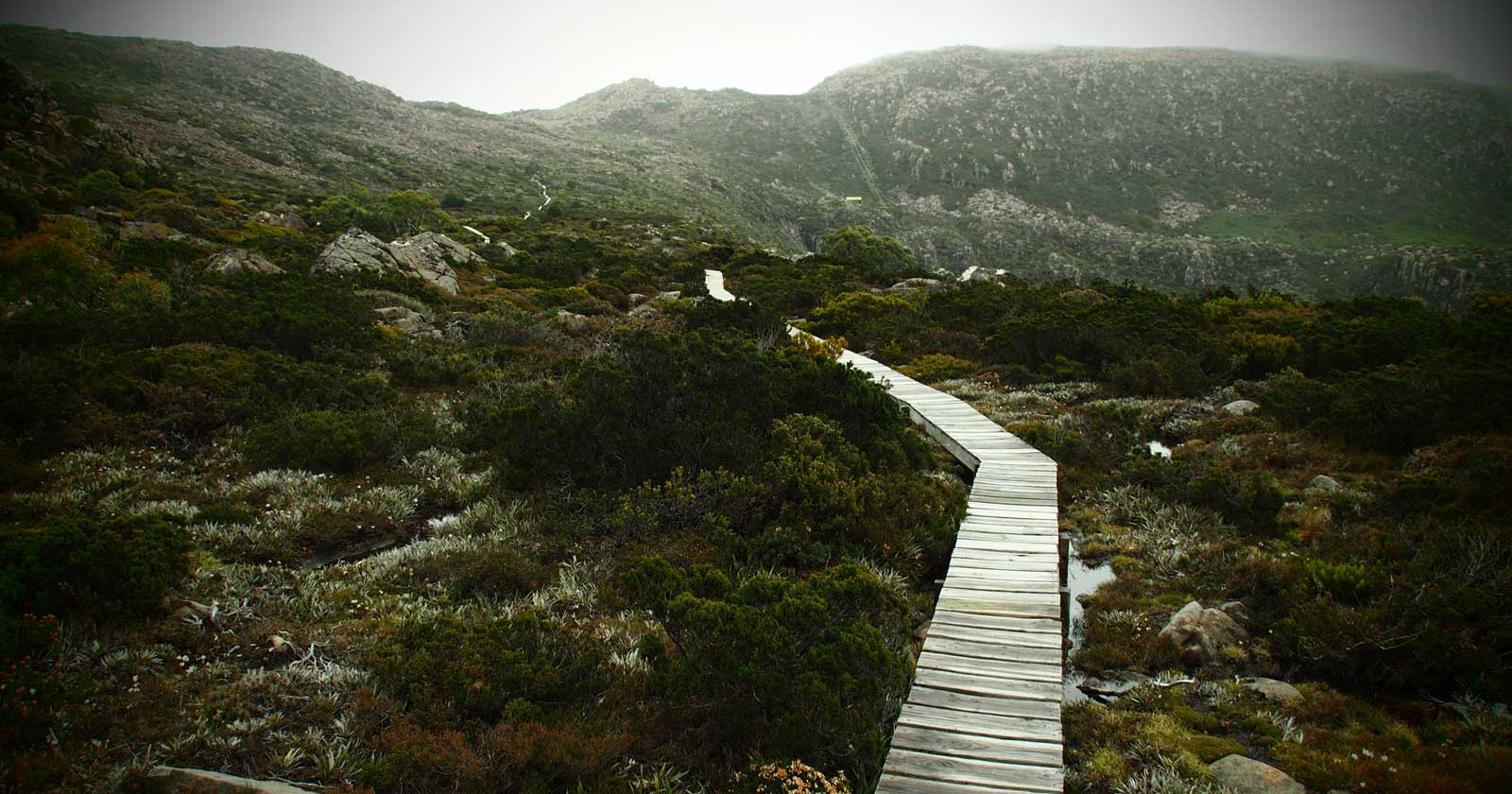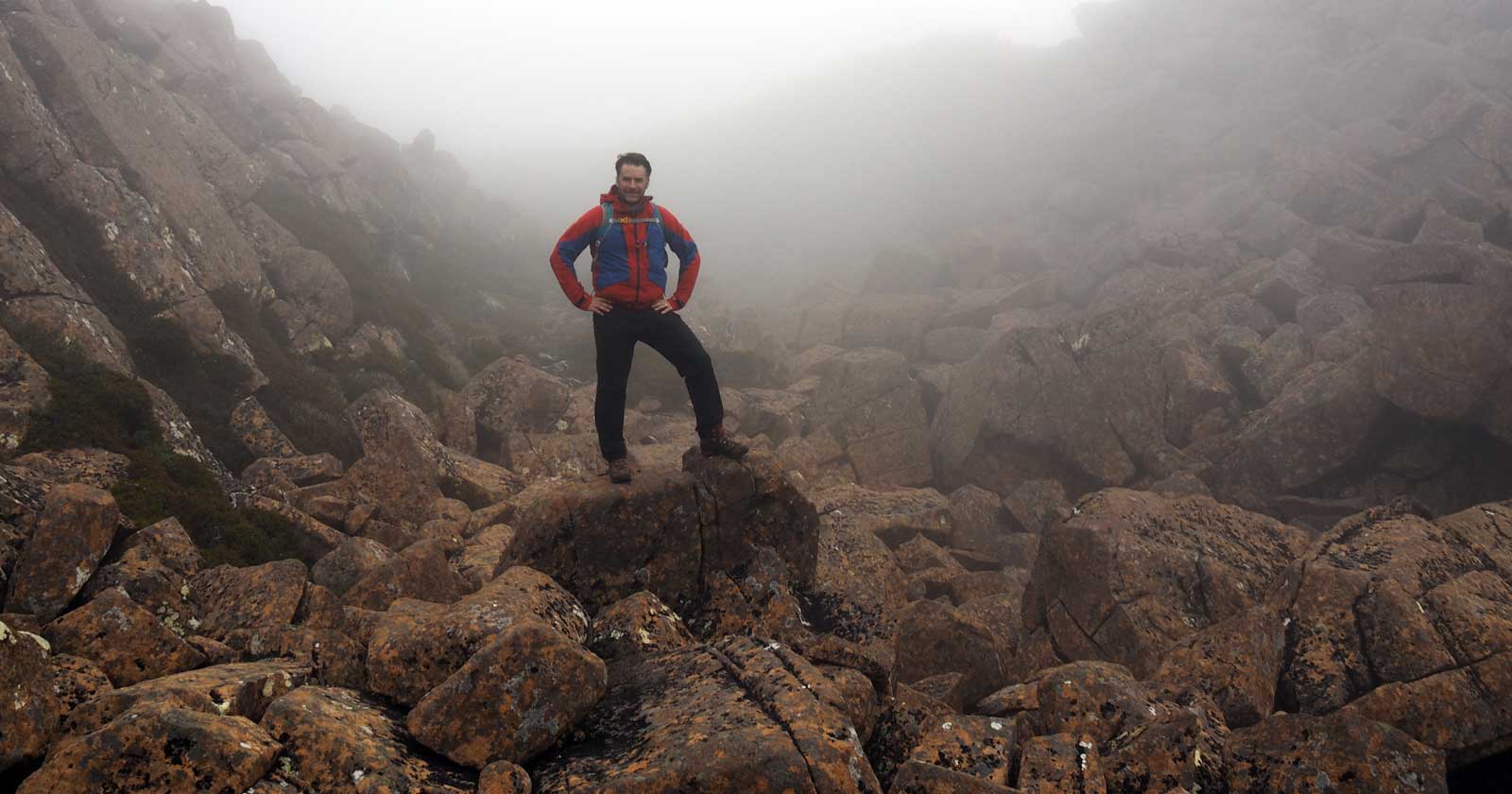Nestled within the heart of Tasmania’s rugged wilderness, Mount Field National Park stands as a testament to nature’s beauty and diversity. A short 70-minute drive from Hobart, this park is a haven for outdoor enthusiasts and nature lovers alike. As one of Tasmania’s oldest national parks, Mount Field offers an array of experiences that change with the seasons, making it a year-round destination that never ceases to amaze.
A journey through nature’s diversity
As you ascend the winding roads of Mount Field National Park, you’ll witness a stunning transformation of flora. The park is famous for its diverse vegetation, ranging from towering eucalypt forests at lower altitudes to unique alpine plants that thrive in the higher regions. This natural progression offers visitors a constantly changing landscape, where every turn reveals something new and breathtaking.
Known as ‘the park for all seasons,’ Mount Field’s appeal lies in its ability to offer something for everyone. Whether you’re drawn to the lush greenery of summer, the fiery hues of autumn, the snow-dusted landscapes of winter, or the blossoming flora of spring, Mount Field will captivate your senses.

The iconic Russell Falls: A must-See attraction
No visit to Mount Field is complete without experiencing the majestic Russell Falls. As one of Tasmania’s most photographed natural wonders, Russell Falls is a breathtaking three-tiered waterfall that can be easily accessed via a short, 20-minute walk from the visitor centre. The trail to the falls is wheelchair accessible, ensuring that everyone can enjoy this natural spectacle. The path winds through a forest of towering tree ferns and giant eucalypts, offering a serene introduction to the park’s lower regions.
After marvelling at Russell Falls, consider continuing your walk to the Tall Trees Trail, where you’ll encounter some of the park’s giant swamp gums (Eucalyptus regnans). These towering trees, among the tallest flowering plants in the world, are a testament to the ancient and untouched nature of Mount Field’s rainforest.

Exploring the alpine wonderland of Lake Dobson
For those seeking a more adventurous experience, the journey to Lake Dobson offers a gateway to Mount Field’s alpine region. A 30-minute drive from the park’s entrance, the road to Lake Dobson takes you through diverse landscapes—from rainforest to towering swamp gums, and eventually to the high country of snow gums, alpine moorlands, and glacial lakes.
In winter, the alpine areas around Lake Dobson transform into a winter wonderland, attracting cross-country skiing enthusiasts to the slopes of Mount Mawson. The ski huts near the lake provide access to some of the best winter sports opportunities in Tasmania. For a truly unforgettable experience, take the well-marked trail to the Tarn Shelf, where a series of glacial lakes carved during the last ice age offer a stunning vista.
During the warmer months, the alpine meadows come alive with the vibrant colours of flowering waratahs, boronias, and heath. Autumn, however, is perhaps the most enchanting time to visit, as the hillsides of the Tarn Shelf and Lake Fenton are set ablaze with the fiery colours of the deciduous beech, known locally as fagus (Nothofagus gunnii). This annual event is a pilgrimage for many Tasmanians, offering photographers and nature lovers a spectacular display of nature’s artistry.

A sanctuary for wildlife and conservation
Mount Field National Park is not just a visual delight; it’s also a vital conservation area that protects a wide range of Tasmania’s unique flora and fauna. The park’s diverse ecosystems, shaped by its varying altitudes and geological history, provide a refuge for species that are rare or threatened elsewhere.
Among the wildlife you might encounter are wallabies, wombats, and echidnas, all of which are commonly seen throughout the park. The elusive platypus can be found in Lake Dobson, while nocturnal visitors might be lucky enough to spot glowworms illuminating the forest near Russell Falls.
The park also serves as a sanctuary for birdlife, ranging from small forest birds to the majestic wedge-tailed eagles that soar above the alpine peaks. Species such as the eastern quoll and eastern barred bandicoot, which are either extinct or endangered on the Australian mainland, find refuge here, making Mount Field a crucial area for biodiversity.

Cultural heritage: A connection to the past
Mount Field National Park is more than just a natural wonder; it’s a cultural landscape that holds deep significance for Tasmania’s Aboriginal communities. Archaeological evidence suggests that the area has been inhabited for over 35,000 years, with several Aboriginal heritage sites discovered within the park.
The park is believed to have been part of the traditional lands of the Big River people, with the Pangerninghe band located nearby. Today, the Aboriginal community maintains a strong connection to this culturally rich land, preserving its history and traditions.
Mount Field’s cultural heritage extends to its European history as well. Along with Freycinet National Park, it is one of Tasmania’s oldest national parks. The Russell Falls Reserve, proclaimed in 1885, marks the beginning of conservation efforts in the region, paving the way for the park’s establishment. Visitors can explore historical sites associated with early tourism, trout fishing, skiing, and road building, all of which tell the story of Tasmania’s evolving relationship with this extraordinary landscape.
Practical information: Planning your visit
Mount Field National Park is easily accessible from Hobart, making it an ideal day trip for visitors to Tasmania’s capital. The park is located just over an hour’s drive northwest of Hobart, via the scenic route through New Norfolk and the Derwent Valley.
The Mount Field Visitor Centre, located near the park entrance, provides all the information you need for your visit. The centre includes the Waterfalls Café and Gallery, where you can enjoy a meal or purchase souvenirs inspired by the park’s natural beauty. Picnic facilities with electric barbecues are also available, making it easy to enjoy a relaxing day surrounded by nature.
For those wishing to stay overnight, the park offers a variety of accommodation options. The basic Government Huts near Lake Dobson provide a convenient base for exploring the alpine regions, while nearby towns such as Westerway, Ellendale, and New Norfolk offer a range of lodging choices, from self-contained cottages to luxury hotels.

Embrace the adventure: Explore more
Mount Field National Park is a treasure trove of natural wonders, from the iconic Russell Falls to the alpine beauty of Lake Dobson. Whether you’re seeking adventure, tranquillity, or a deep connection with Tasmania’s wilderness, this park delivers an experience that is both diverse and unforgettable. With its rich history, abundant wildlife, and stunning landscapes, Mount Field National Park is more than just a destination—it’s a journey through the heart of Tasmania’s wild and wonderful soul. So, pack your bags, lace up your hiking boots, and get ready to explore one of Australia’s most remarkable national parks. Trail Hiking Australia has plenty of hiking trails, ready for you to discover. Whether you’re seeking a peaceful walk among the towering giants or a challenging trek to breathtaking peaks, your next unforgettable adventure starts here.
Ready to explore? Find the best hiking trails of Mount Field National Park here.


